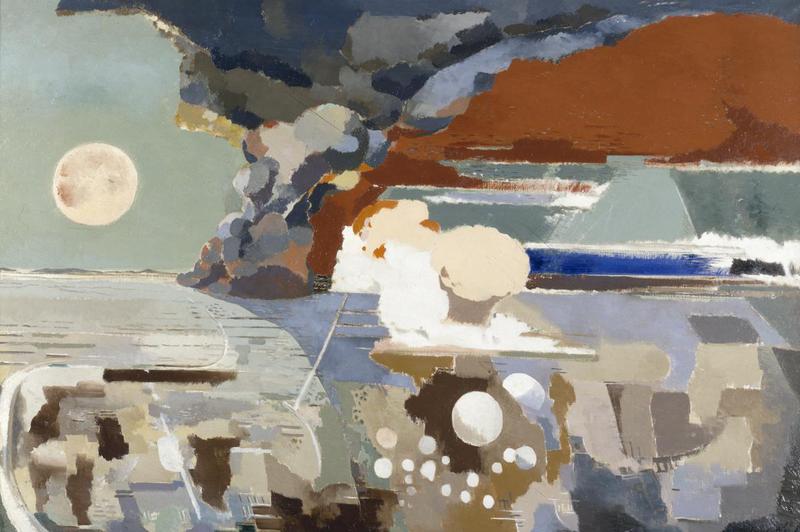The Second World War started in 1939 to 1945 and gripped not just the European continent, but a significant portion of the globe. The war was not just fought by European powers, but also included the USA, Japan and the U.S.S.R., forming the Allies and Axis Powers. The Second World War also helped conceive the superpowers and ideological battle of the Cold War. The Second World War was therefore another seminal event in 20th Century history.
The war started shortly after Germany’s invasion of Poland in September 1939, which resulted in Britain and France defending them. Germany had long since planned for the invasion and could anticipate battle, rearming and signing a pact with the U.S.S.R in dividing Poland. The war was a result of German antagonism, though there were other factors which you can find out more here.
The war differed in the more extreme and diametrically opposed leadership styles and ideology, where each nation felt superior and was entitled to dominate and control. Like the First World War, the level of technology and methodology advanced, such as tanks and naval warfare. Combined with pseudo-science, the new methods of war and societal control contributed to its brutality, including nature of injuries and extent of deaths. The war was also expected to last for a short period of time, however it lasted much longer, taking many lives and leaving countless victims.
Like the First World War, medicine also advanced, especially with the mass manufacture of Penicillin which helped many soldiers survive wounds and improve hygiene. The medicines and intervention in medicine directly contributed to the conception of the welfare state and greater accessibility to healthcare after the war. The development of medicine was achieved in some part due to the war, however investment and better knowledge of health and hygiene also improved.
The Battle Fronts
The Western Front was not as prominent as in the First World War due to the success of the Blitzkreig offensive by Germany, which resulted in France’s surrender a weeks after their invasion. Britain continued to fight, and the Battle for Britain saw greater emphasis on air warfare and naval warfare. The fight in Europe nevertheless continued and remained a prominent front for the Second World War.
The Eastern Front was extremely gruelling as the Germans could not secure a quick victory on the fringes of U.S.S.R as before. The invasion of the U.S.S.R was quick and not expected due to the pact between Germany and the U.S.S.R, while the battle on two fronts likely resulted in German failure. The war nonetheless caused tensions in the U.S.S.R and led to growing suspicion and desire to protect the border and confirm boundaries.
The Pacific Front concerned the battle in the Pacific ocean, fought primarily between the U.S.A and Japan. Pearl Harbour was a significant event in the Second World War that consolidated both nations position in the war. The war was fought on various shorelines, though both nations contributed troops to the wider war.
Other Fronts of the Second World War concerned parts of Africa, fought by Italy, and the Mediterranean also. This was due to colonial ties and legacies. Germany invaded Yugoslavia and Greece and both nations surrendered shortly after.
Impact on Art and Society
War had a significant impact on the Arts and Society. Society felt as if it grinded to a halt with the total war economy, citizens had to sacrifice luxury and loved ones. The experience of war differed for everyone, old and young, city and rural dwellers, and men and women. Art therefore was one outlet for people to show their experiences of the war.


Art was also employed as a propaganda mechanism, and in Germany the term ‘degenerate art’ was coined to describe art that did not conform to the desired German archetype. After the First World War, experimental artwork was on the rise and this was repressed by some governments.
There are various art mediums you can explore, including paint and sculpture. Good artists to research are Paul Nash and researching banned artists or those who fled Nazi Germany. Museums and galleries were important in modern society, and were a form of promoting a sense of national identity and propaganda.
You can also watch some films from the time to understand how citizens escaped, but also learnt about the war. During the time newsreels were played prior to the movie feature. Film was also heavily employed as a propaganda mechanism, and it is useful to understand the message governments wanted to promote.
Radio broadcasts, music and poetry from the time are also useful to understand the experiences of war. The battle of radio broadcasts, including nations trying to push for their own broadcast or blocking foreign radio stations denotes the perceived power of radio.
Look into the power of media both before and during the war. Research the mediums available and evaluate what you think is the most effective medium at boosting morale and spreading propaganda. Try to compare the differences and power of radio, cinema and the printed press.
First they came for the socialists, and I did not speak out—
Because I was not a socialist.Then they came for the trade unionists, and I did not speak out—
Because I was not a trade unionist.Then they came for the Jews, and I did not speak out—
Because I was not a Jew.Then they came for me—and there was no one left to speak for me.
Martin Niemoller (1892 – 1984)
Why don’t you attend a museum or gallery to see the art and artefacts from the war? From viewing art you can get a feel for the emotions and opinions at the time that may differ from conventional views.


